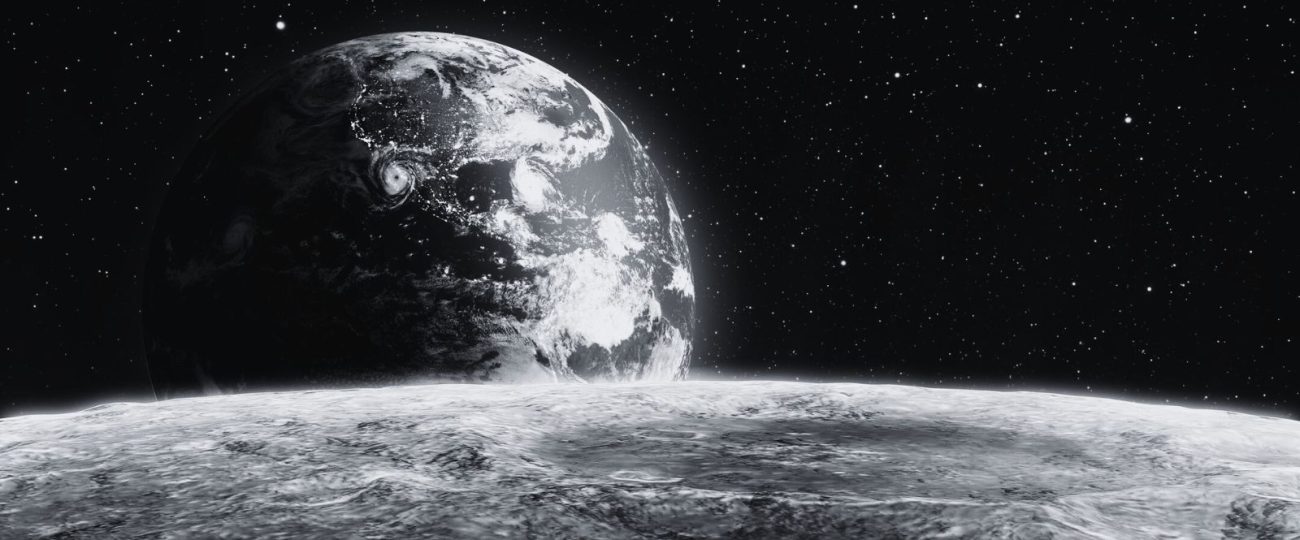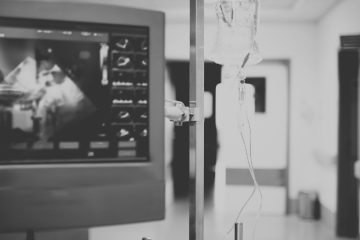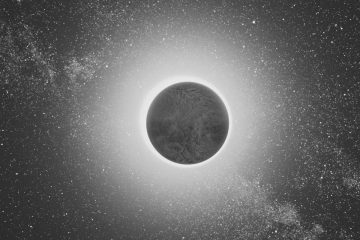What Happened On August 23rd?
On August 23, 1966, NASA’s Lunar Orbiter 1 captured the first photograph of Earth from the Moon’s orbit. As the spacecraft completed its 16th revolution, it turned its camera toward Earth, recording a view no human had seen. The image, later called “Earthrise,” showed Earth partially illuminated, suspended above the lunar horizon—a stark contrast between the gray Moon and the vibrant Earth.
This photograph wasn’t planned. The mission team decided spontaneously, recognizing the opportunity. As the spacecraft passed over the Moon’s surface, its camera initially focused on photographing potential Apollo landing sites. The mission controllers, however, chose to capture an image of Earth. They maneuvered the spacecraft, adjusting the camera’s orientation to ensure Earth appeared in the frame.
At 16:35 UTC, the camera clicked, preserving an image that became iconic. The photograph showed Earth as a small sphere, half in shadow, hanging in space. For the first time, humanity glimpsed its planet from another celestial body. The contrast between the lifeless Moon and the living Earth highlighted our world’s fragility and uniqueness.
NASA transmitted the image to Earth, where ground stations received it. However, transmitting the photograph posed challenges. The data traveled digitally and was then converted into a photographic image. The original image appeared grainy, with visible lines where the data had been stitched together—clear evidence of early digital imaging technology.
Launched on August 10, 1966, Lunar Orbiter 1 was the first of five missions designed to photograph the Moon’s surface for Apollo landings. The spacecraft carried a sophisticated camera system capable of capturing both wide-angle and high-resolution images. Eastman Kodak designed the camera, which used film developed onboard. The images were then scanned and transmitted back to Earth as digital signals.
A lesser-known aspect of the mission involved “velocity control.” The Moon’s uneven gravitational field made maintaining a stable orbit challenging. Engineers devised a system that allowed the spacecraft to adjust its speed autonomously, ensuring it stayed in a precise orbit. This system was essential for capturing clear images and achieving mission success.
The spacecraft took the photograph of Earth from an altitude of approximately 1,600 kilometers (1,000 miles). Although the camera initially faced the lunar surface, the team decided to capture Earth. This required precise timing and careful maneuvering to ensure Earth appeared in the frame. The image, taken from 384,000 kilometers (239,000 miles) away, became the most distant photograph of Earth at that time.
The team’s decision to capture the photograph stemmed from recognizing the historic moment, despite the camera being designed for the Moon, not Earth. Achieving this required precise spacecraft maneuvering—a delicate task given 1960s technology.
The engineers also addressed “light scattering.” Sunlight reflecting off the Moon’s surface could distort the image. To prevent this, they equipped the camera with a light baffle, blocking stray light and ensuring clarity. This attention to detail showed their expertise.
After capturing the image, the team faced the challenge of transmitting it to Earth. The data was sent to receiving stations and then converted into a photographic image. The original image lacked clarity, appearing grainy with visible lines—a reminder of early space technology. Yet, despite these flaws, the image resonated deeply.
The photograph became iconic, but the Lunar Orbiter team’s contributions deserve recognition. These engineers, working with slide rules and analog computers, achieved what seemed impossible by today’s standards. Dr. Albert R. Hibbs, “the voice of JPL,” led the team. Members like Don Wilhelm, who oversaw guidance systems, and Charles Byrne, who later enhanced the image, played vital roles.
Years later, a team of volunteers, including original mission engineers, recovered and restored the original data from the Lunar Orbiter missions. Using modern technology, they produced a clearer, more detailed version of the Earthrise photograph. Unveiled in 2008, this restored image revealed details lost in the original transmission, deepening appreciation for the team’s work.
The original data tapes nearly disappeared from history. Stored in deteriorating conditions, they faced the threat of being discarded until a last-minute effort saved and restored them. This project, the Lunar Orbiter Image Recovery Project (LOIRP), brought together volunteers who painstakingly recovered the images. Their dedication ensured the world could continue to appreciate the Earthrise photograph.
This image didn’t just change public perspectives; it also influenced policymakers. The photograph helped inspire Earth Day in 1970 and led to key environmental laws, including the Clean Air Act and the Endangered Species Act. It captured the idea of Earth as a single, interconnected ecosystem—a concept revolutionary at the time but central to our understanding today.
As space exploration focuses on destinations beyond Earth—Mars, asteroids, and more—we must remember the impact of that first look back. The photograph taken by Lunar Orbiter 1 on August 23, 1966, didn’t just show a distant view of our world; it reflected humanity’s unity and vulnerability, perhaps for the first time.
This image remains one of the space age’s most powerful symbols, not just for its historical importance but for its message—a reminder that no matter how far we venture, our home is a small blue planet, fragile and unique, deserving of care and preservation.





